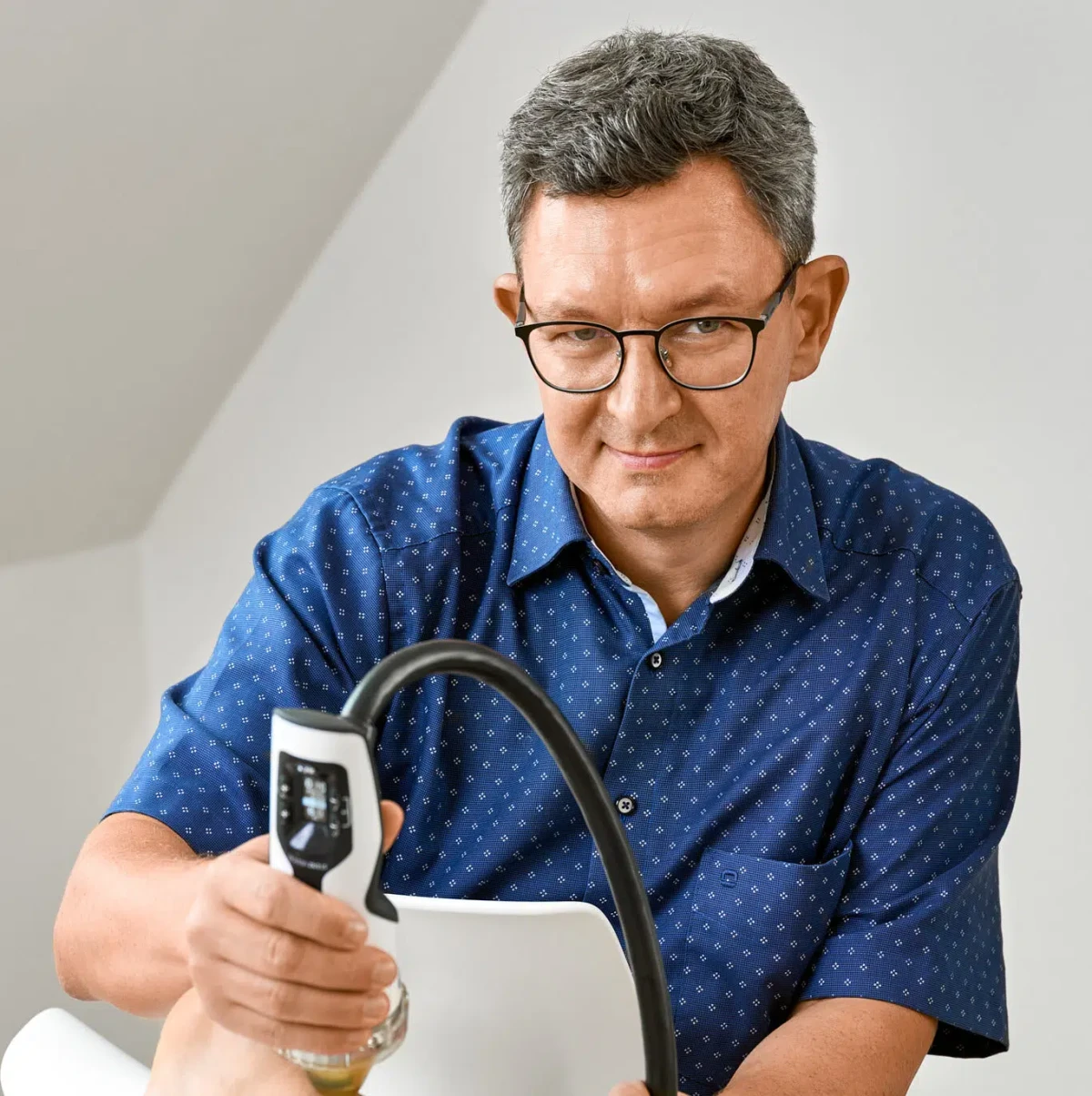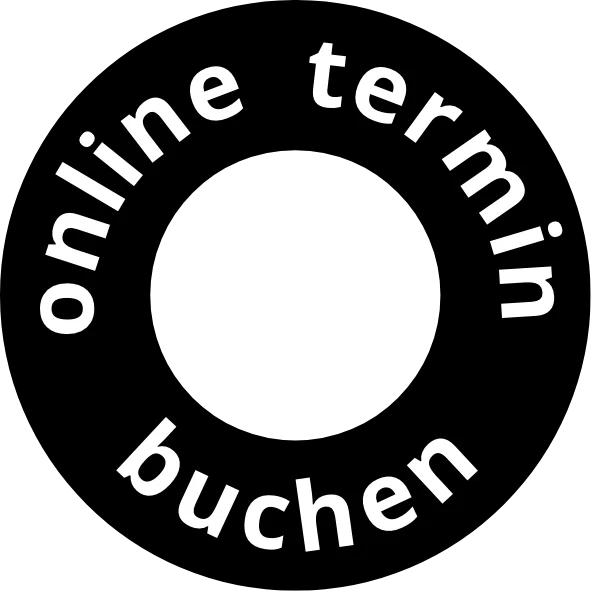 /
Shockwave therapy for heel spur (plantar fasciitis)
/
Shockwave therapy for heel spur (plantar fasciitis)

Shockwave therapy for heel spur (plantar fasciitis)
Those who suffer from it know how much heel pain can affect quality of life and daily activities. The most common cause of heel pain is plantar fasciitis, which can be accompanied by a calcaneal spur. In this case, the tendinous plate under the foot, the plantar fascia, is inflamed. It connects the root of the foot to the metatarsals and toe joints.
Causes of plantar fasciitis or heel spur
Around one in ten people suffer from plantar fasciitis in their lifetime. It is caused by increased strain on the tendon plate through longitudinal traction, triggered for example by running or jumping sports, unsuitable footwear, training errors, working mainly in a standing position, etc.
Therapeutic measures such as physiotherapy, eccentric stretching exercises, medication or customized orthopedic inserts often fail on their own to achieve the desired result, and the sometimes excruciating heel pain persists.
Shock waves have a high success rate in treating plantar fasciitis with and without heel spurs
Numerous medical studies published in recent years demonstrate that extracorporeal shockwave therapy (ESWT) is one of the most effective therapeutic methods for treating plantar fasciitis, with high success rates. The efficacy of ESWT has been proven by eight independent studies at evidence level Ib. In medicine, evidence classes (Ia to IV) are used to categorize the scientific relevance of clinical studies. The principle is as follows: the higher the class of evidence, the broader the scientific basis.
Shockwave therapy is now covered by social security for plantar fasciitis and plantar spur
The assessment of current studies, the high level of evidence and the final report of the Institute for Quality and Economic Efficiency in Healthcare (IQWIG) 2018 have led the Joint Federal Committee (G-BA) to revise its previous assessment - the last of which dates back to 1998. The G-BA defines the catalog of compulsory health insurance benefits in the form of guidelines, and determines which medical services are covered by the GKV.
As of spring 2018, shockwave therapy (ESWT) can be used in cases of calcaneal spur or plantar fasciitis at the expense of compulsory health insurance and thus becomes a benefit covered by health insurance. However, no other conservative treatment method must have been effective for at least six months. The use of ESWT can then be considered as an additional pain management measure.
How shockwave therapy works for heel pain and plantar fasciitis
In extracorporeal shockwave therapy, sound waves are generated outside the body (extracorporeal) and focused by a sound reflector. They penetrate the body, where they exert various effects in the form of shockwaves. Used in the case of plantar fasciitis, the tendon plate in the sole area of the foot, the plantar fascia, is mechanically irritated at cellular level, prompting the cells to produce anti-inflammatory messenger substances (cytokines). Cytokines are proteins whose function is to regulate cell growth and differentiation. In addition, the growth of blood vessels from preformed blood vessels, known as "blood vessels", is stimulated.
Optimum start of shockwave therapy for heel spur or plantar fasciitis
The fact that the statutory health insurance companies have included shock wave therapy in their benefits catalog is further proof of the high medical benefit associated with this therapy. However, the fact that this is only possible after 6 months of unsuccessful other treatments means that an affected patient has to live with their often severe pain for six months. Conservative treatment with stretching exercises, reduced weight-bearing or insoles should show an effect within a few weeks. If this does not happen, we recommend incorporating shock wave therapy into the treatment concept at an early stage. Our experience shows that in the vast majority of cases, patients with plantar fasciitis and heel spurs can achieve significant relief or even freedom from symptoms through our multimodal therapy concept with self-exercises, manual therapy - osteopathic treatment, insoles if necessary and shock wave therapy.
